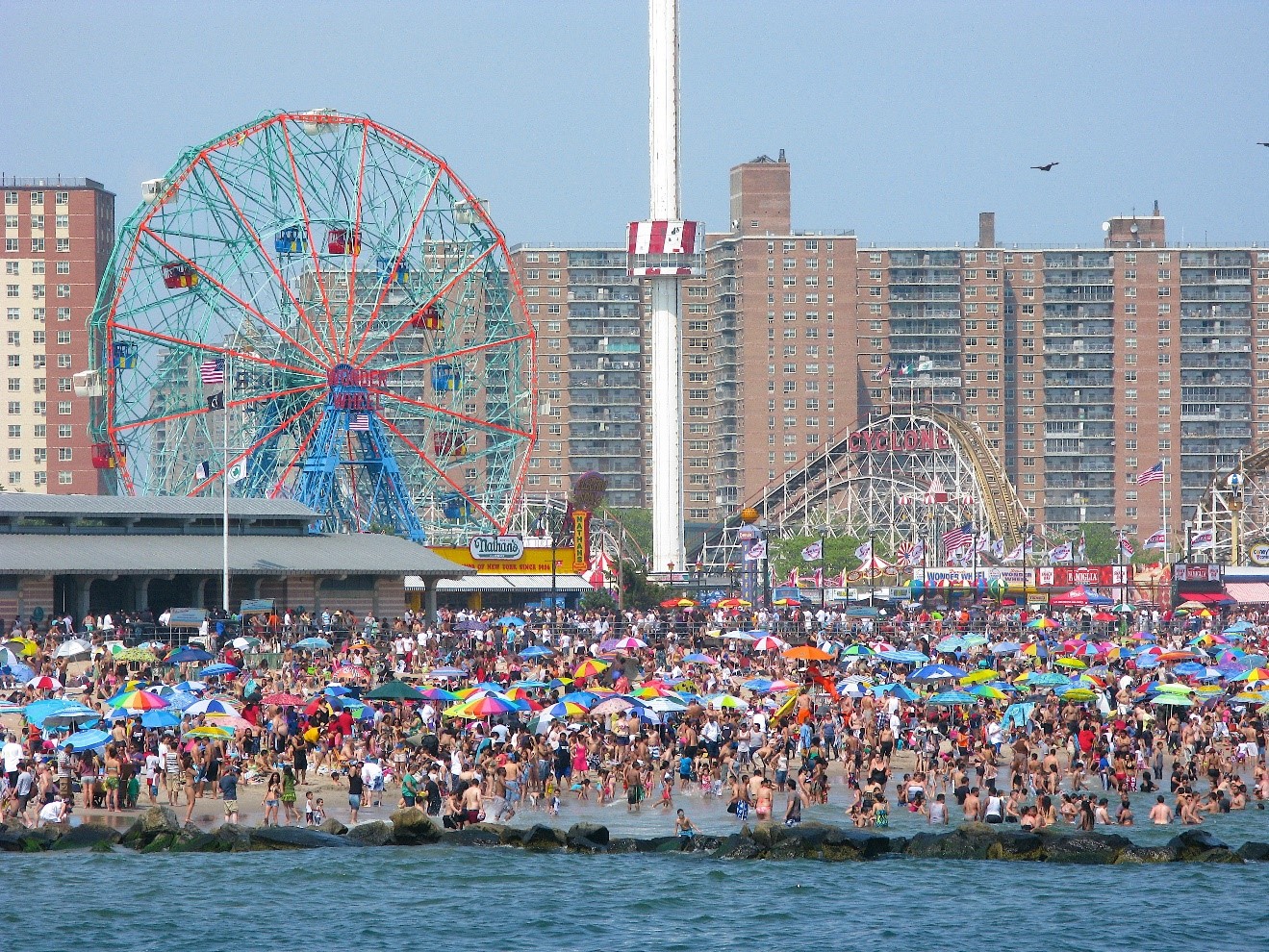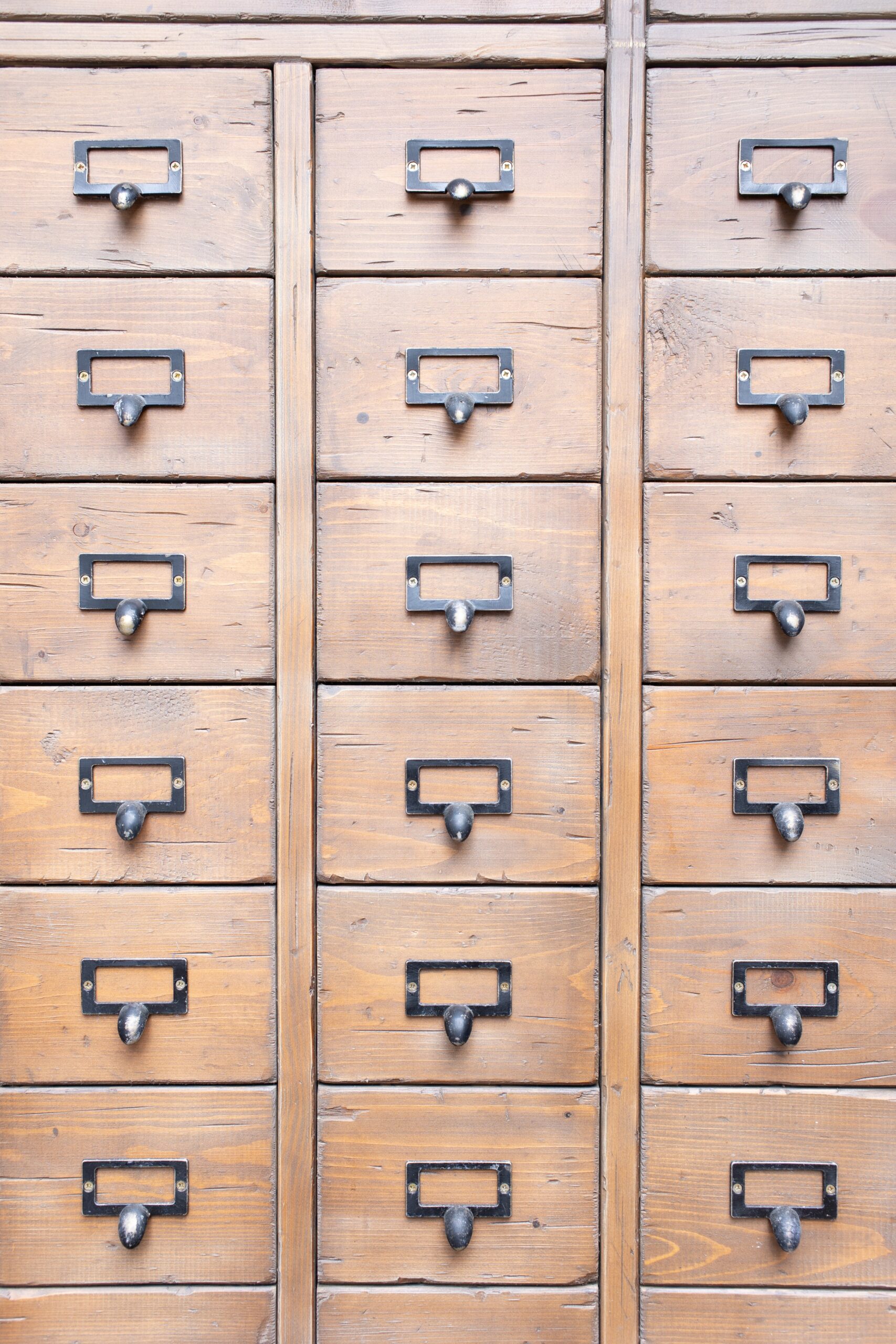By Linda Morel and Jessie Paddock
In this lesson plan developed by T&W writers Linda Morel and Jessie Paddock for third-grade classes at PS 90 in Coney Island, New York City, the teaching artists invite students to explore how their real-world experience of place can inform their understanding of research.
Lesson Overview
Grade: 3rd
Genre: Poetry
Download: Research, Real Life, and Coney Island
Common Core Standards (Refer to the ELA Standards > Writing > Grade 3):
- ELA-LITERACY.W.3.4: With guidance and support from adults, produce writing in which the development and organization are appropriate to task and purpose.
- ELA-LITERACY.W.3.7: Conduct short research projects that build knowledge about a topic.
Lesson Objectives:
Students will:
- Expand their understanding of research by learning how it can be a tool and source of inspiration for poetry through recognizing the sights, sounds, smells, and tastes around them.
- Use sensory language as a way to describe a place, in this case, Coney Island, Brooklyn.
- Read George Ella Lyon’s “Where I’m From.”
Guiding Questions:
- What is research?
- Can observing your surroundings and experience be considered research?
- How can we use sensory language to explore (research) and draw personal connection to setting—in this case, Coney Island?
- What are the sights, smells, sounds, and tastes of Coney Island?
Opening Ritual (1 minute):
The following is a call and response led by TA (teaching artist):
I have a voice (repeat)
My voice is powerful (repeat)
My voice can change the world (repeat)
Warm Up (2 minutes):
- Pre-writing activity: Answer the following prompt in 1-2 sentences or a short phrase. What is your favorite sight or thing to do in Coney Island?
Mentor Text (10 minutes):
- TA distributes “Where I’m From,” shows image of author, and reads author bio to the class.
- TA reads poem aloud. Students are encouraged to underline sensory details and images of place in support of close reading.
- Student volunteer(s) reads the poem aloud a second time.
- TA leads a brief discussion about the poem by asking the following questions. Remind students to offer textual evidence in response to the questions.
- What did we learn about Lyon’s home (she lived in the country, what plants grew in the yard, foods, friends, family of church people, box of photos of people past)?
- What sensory details and descriptions of place did she use to describe her home?
- How does the author feel about her home? How do you know that?
Writing (10 minutes):
- TA leads students in a group modeling/pre-writing exercise in preparation for individual writing. Invite students to reflect on their own sensory experience of Coney Island. Name some of the geographical elements of Coney Island such as: the ocean, boardwalk, sand, amusement parks, rollercoasters, nautical street names, Aquarium, and parachute jump.
- TA makes a list of student suggestions on SmartBoard or chart paper. Let students know that this list is their “word bank” to draw from for their poems.
- Students begin writing their own “Where I’m From” poem.
Sharing (2 minutes):
- Students are invited to read (a portion of) their poems aloud.
Closing Ritual (1 minute):
The following is a call and response led by TA:
I’m a poet (repeat)
And I know it (repeat)
I have my whole life to show it (repeat)
Materials:
- Pencils
- Paper
- George Ella Lyon’s poem and bio
Vocabulary: Sensory details, memory
Multi-Modal Approaches to Learning:
Verbal-Linguistic, Interpersonal, Intrapersonal



